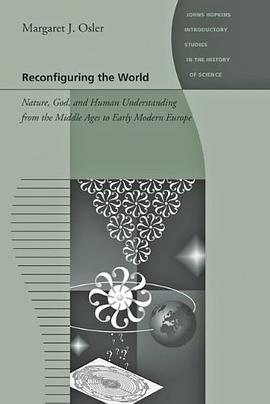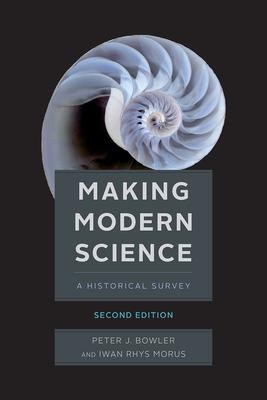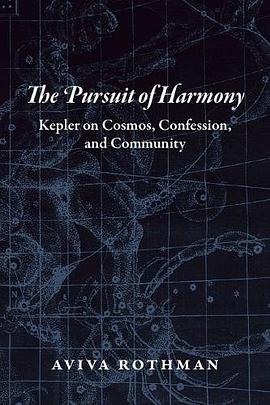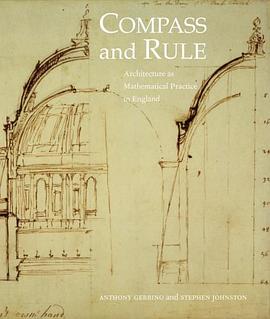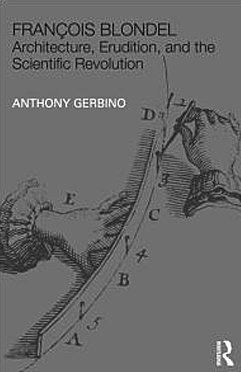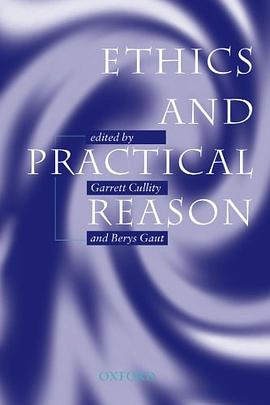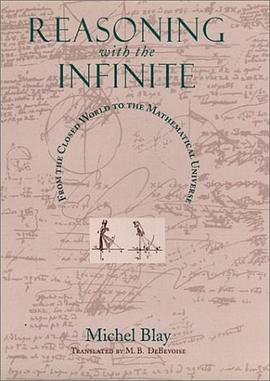

The nature and motions of heavenly objects had always been mysterious and unpredicatable. But the "Scientific Revolution" was revolutionary in part because it saw the advent of many mathematical tools - chief among them calculus - that natural philosophers could use to explain and predict cosmic motions. Michel Blay traces the origins of this revolutionary mathematization of the world, and considers the profound philosophical consequences of submitting the infinite to rational analysis. Blay begins by showing how a metaphysical debate over infinity undermined Galileo's claim that Euclidean geometry was the key to universal knowledge: a complete account of an object's motion required that the concept of infinity be addressed, yet the name of the infinite was reserved to God alone. This insoluble quandary spurred the adoption of Leibniz's new differential and integral calculus, which enabled natural philosophers to begin building a coherent mathematical framework through which the phenomena of nature could be understood.
具体描述
读后感
评分
评分
评分
评分
用户评价
相关图书
本站所有内容均为互联网搜索引擎提供的公开搜索信息,本站不存储任何数据与内容,任何内容与数据均与本站无关,如有需要请联系相关搜索引擎包括但不限于百度,google,bing,sogou 等
© 2025 book.wenda123.org All Rights Reserved. 图书目录大全 版权所有


